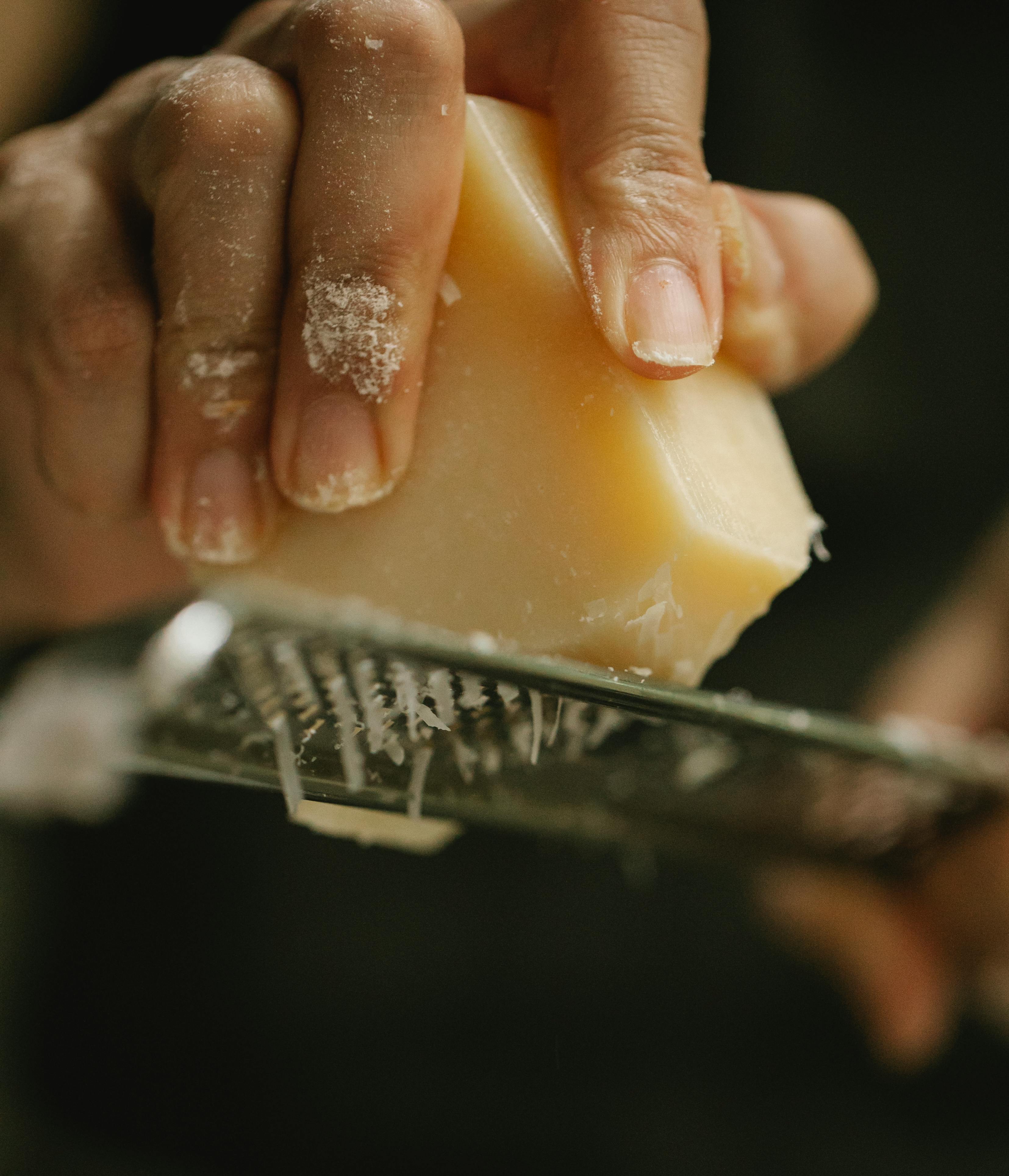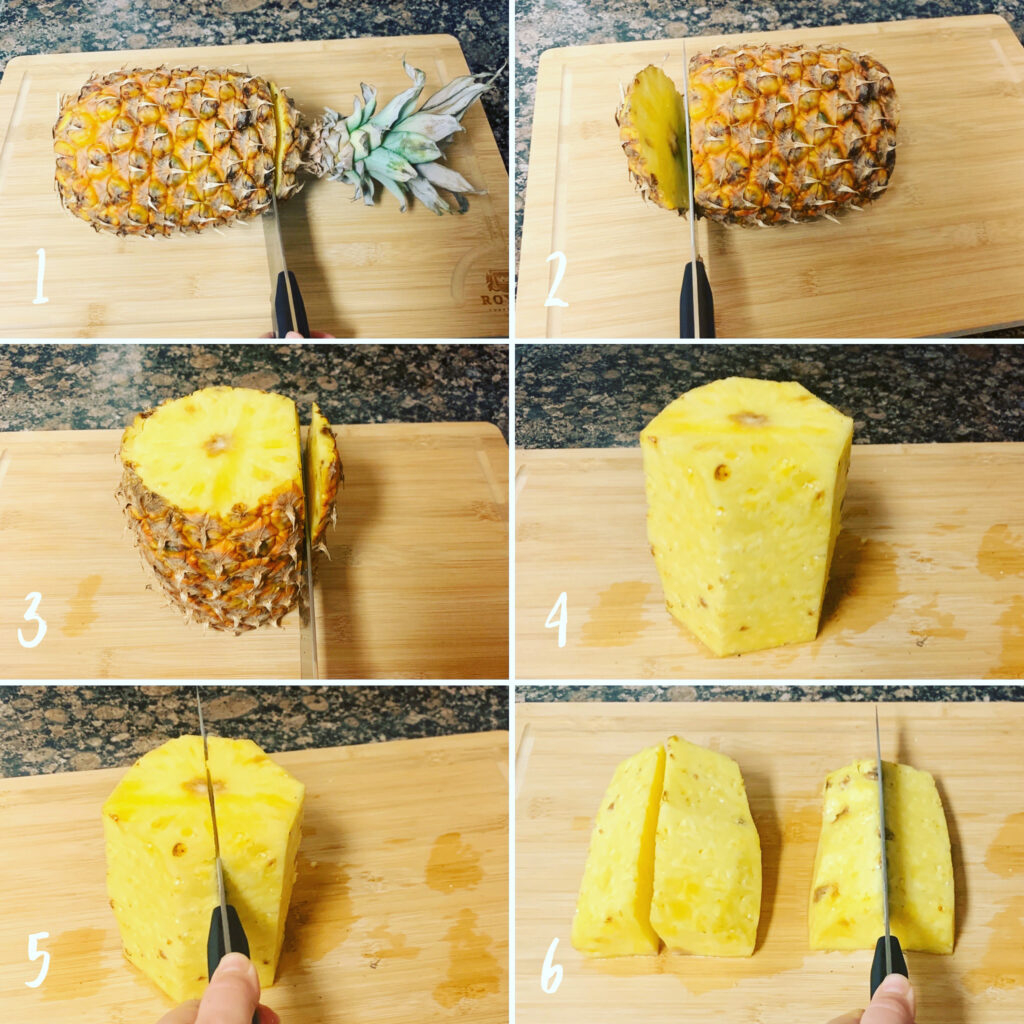
Apply Now


Essential Methods to Vectorize an Image in Illustrator
Vectorization is a pivotal technique in graphic design, transforming raster images into scalable vector graphics that maintain their quality at any size. Whether you are converting logos or enhancing artwork for digital platforms, understanding the vectorization process in Adobe Illustrator is crucial. This powerful tool offers various methods to effectively vectorize an image, allowing for professional image editing and high-quality results. The benefits of vector graphics include scalability, precision, and flexibility, making them ideal for diverse projects ranging from branding materials to web design. In this article, we will explore the different ways to vectorize an image, discuss essential Illustrator tools, and provide tips for achieving clean and effective vector illustrations. By the end of this tutorial, you will have a clear understanding of how to convert images to vector graphics, optimal techniques for image tracing, and various strategies for fine-tuning your vector artwork.Understanding the Basics of Image Tracing
Building on the foundations of vector graphics, image tracing is the core method used to convert raster images into vector formats. Raster images, made up of pixels, lose their quality when resized, contrasting sharply with vector graphics which are composed of paths defined by mathematical equations.What is Image Tracing?
Image tracing refers to the process of using software tools to create vector paths that outline and replicate the visual information contained in a raster image. In Adobe Illustrator, you have access to advanced image tracing options, enabling the software to analyze image data and generate vector paths accordingly.Types of Images Suited for Vectorization
Not all images are ideal candidates for vector conversion. High-contrast images with clear outlines and fewer colors yield the best results. Simple logos or illustrations with defined shapes and a restricted color palette often convert successfully without excessive detail loss. Complex photographic images, on the other hand, may require additional cleanup post-conversion.Initial Steps for Effective Image Tracing
To streamline your vectorization process, start by preparing the image for tracing. This may involve cleansing the raster image using image editing tools to improve quality before import. Adjusting color balances, eliminating noise, or even cropping unnecessary elements can significantly enhance the final vector output. With your image optimized, you're ready to import it into Illustrator and use the automatic tracing feature to generate vector outlines.Utilizing Illustrator's Vectorization Tools
With these basics established, it is essential to understand the tools at your disposal in Illustrator for effective vectorization. This section will guide you through navigating the Illustrator interface and utilizing its image tracing functionalities.Exploring Image Trace Options
Illustrator boasts a comprehensive Image Trace feature that automatically detects and creates vector paths based on the imported raster image. Navigate to the "Window" menu and select "Image Trace" to open the panel where you can customize trace settings based on the desired output, such as converting a photograph to a flat graphic or maintaining nuanced details for complex images.Refining Vector Paths
After generating your initial vector outline, it is crucial to refine the resulting paths. Use the "Direct Selection Tool" to adjust anchor points and curves, ensuring that the final vector graphic represents the original image accurately. This hands-on approach can significantly enhance the precision of your artwork.Image Smoothing Techniques
One common challenge in the vectorization process is managing jagged edges and irregular paths. To combat this, Illustrator provides settings to smooth the paths and enhance the quality of the vector shapes. Consider using the "Simplify" command or adjustments in the "Image Trace" panel to achieve cleaner lines.Advanced Techniques for Professional Vectorization
Taking your vectorization skills further, there are a variety of advanced methods you can employ in Illustrator to produce refined and polished vector artwork.Batch Vectorization Techniques
When dealing with multiple images, batch vectorization can save considerable time. Utilize Illustrator's batch processing capabilities to apply the same vector settings across various images. This approach facilitates a streamlined workflow, allowing for consistency in style and quality across your design projects.Creating Vector Templates for Reuse
Once you've mastered vectorization, consider creating vector templates that can be reused across different design projects. This practice not only increases efficiency but also ensures brand consistency when working on multiple designs for logos, promotional materials, or digital graphics.Utilizing the Pen Tool for Custom Paths
For complete control over your vector paths, mastering the Pen Tool is a must. This tool allows you to create precise custom shapes and lines, which may be essential for complex or detailed illustrations. Practice using the Pen Tool to become proficient in drawing freeform shapes and refining existing path outlines.Exporting and Optimizing High-Quality Vector Images
With your vector artwork complete, the next step involves exporting and optimizing your graphics for various uses. This stage is vital to ensure that your work maintains its quality across different platforms and formats.Export Settings for Different File Formats
Illustrator allows you to export your vector graphics in various formats, including SVG and PDF. Each format serves different purposes; for web graphics, SVG is optimal due to its scalability and small file size, while PDF accommodates print designs well. Understanding the nuances of each format will enhance your exporting proficiency.Color Adjustments in Vector Graphics
Maintaining accurate and appealing colors in your vector artwork is essential. Use Illustrator's color management tools to control the color palette effectively, ensuring that your vectorized images remain true to the original colors. Adjust hues, saturation, and other color settings as necessary to achieve desired effects.Integrating Vector Graphics into Design Workflows
Finally, understanding how to incorporate your vector graphics into various design workflows can enhance your projects. Whether designing for digital media or print, mastering the layering system and utilizing Illustrator's workspaces will streamline your design process and improve overall project efficiency.Common Questions & Expert Recommendations
What is the best format for saved vectors?
SVG is typically the best format for web use due to its scalability. For high-quality prints, PDF is often preferred.How can I improve my image tracing results?
Enhancing your image quality prior to tracing, simplifying complex images, and utilizing Illustrator's image adjustment tools can significantly improve tracing outcomes.Are there professional tips for refining vector paths?
Using the direct selection tool to adjust anchor points, smoothing paths, and making use of the "Simplify" function all contribute to precise vector graphics.
